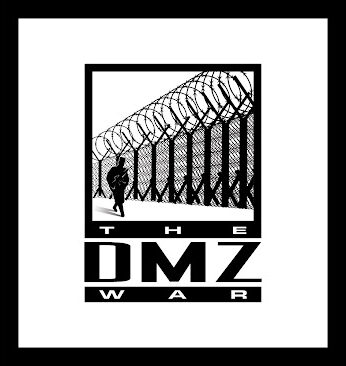| There have been several good movies made with themes involving the DMZ War. JSA — Joint Security Area; Shiri and Silmido are among our favorites. The Korean War produced one masterpiece movie, Director John Frankenheimer’s The Manchurian Candidate, the best but not the first to explore the issue of U.S. POWs in the 1950-3 Korean War. During the war, Americans had been stunned when many U.S. prisoners collaborated with their communist captors; issued false confessions to germ warfare; and even, in 21 cases, chose to stay behind in China rather than return home. What happened during the war and when the prisoners returned inspired its own sub-genre of Cold War Noir. Check out some of the best, or at least most interesting, Korean War POW movies below. Click on the images for more info, And for perhaps the best actors in Korean War POW movies, see the bottom of this page. |
| One of our favorites is Time Limit, a tough-minded 1957 melodrama with an interesting plot twist. Richard Widmark plays an Army officer investigating the well-documented collaboration of Richard Basehart, who seems determined to take the fall. But Widmark begins to believe it’s not an open-and-shut case, despite pressure from the brass. Among the cast is Hollywood’s favorite Asian communist, Khigh Dhiegh, who went on to play the wise-cracking CHICOM heavy in The Manchurian Candidate, as well as “Wo Fat” in a number of Hawaii Five-O episodes. Ironically, IMDB reports the actor was not Asian, but of “Anglo-Egyptian-Sudanese” descent. |
| Movies soon after the conflict, such as the Ronald Reagan vehicle Prisoner of War and 1955’s The Bamboo Prison, focused on the hellish conditions endured by GIs and the heroism of many U.S. prisoners, which certainly reflected reality. But they also inserted feel-good elements by suggesting some apparent traitors were actually valiant undercover agents.Then came The Rack, which in 1956 took on the issue of collaboration more directly. In the film, Paul Newman’s character ultimately admits his guilt and concedes the cause was personal weakness. |
| The Fearmakers in 1958 expanded the dramatis personae to include homegrown U.S. communists colluding with those on the battlefield. As we’ve reporter, this was closer to life than many might have realized. In this case, conspirators hijack the public relations company of returned prisoner Dana Andrews as a platform for subversion. Helmed by accomplished director Jacques Tourneur, the film has some effective moments before collapsing into the required 1950s happy ending. Watch for the young Mel Torme and a unique turn by Veda Ann Borg as the Red floozy. |
| The most dramatic POW stories are the real ones↓ |
 The most important roles in Korean War POW movies went to real-life US prisoners in communist propaganda films. The false germ-warfare confessions of Air Force Lt. John Quinn (left) were detailed and forceful. The most important roles in Korean War POW movies went to real-life US prisoners in communist propaganda films. The false germ-warfare confessions of Air Force Lt. John Quinn (left) were detailed and forceful. |
